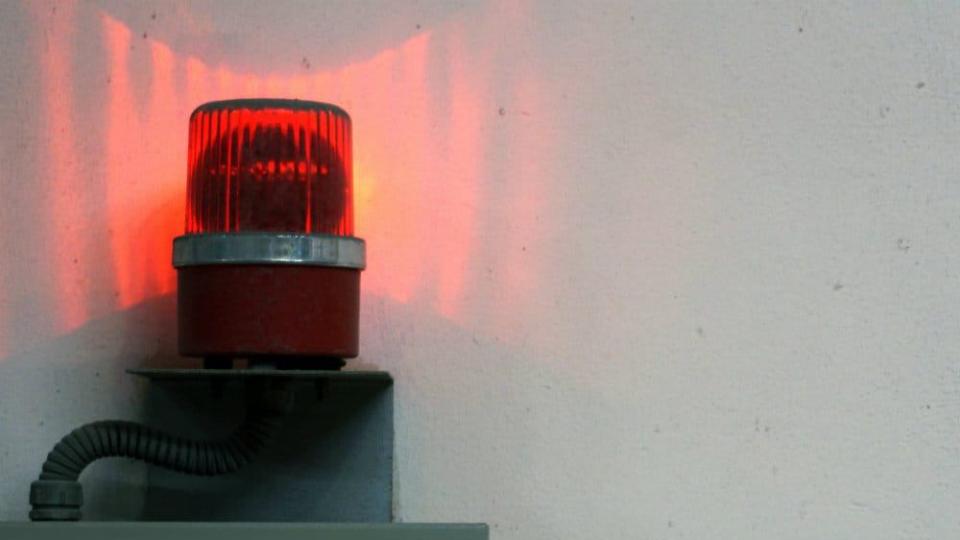Investor Beware: 1 TFSA Mistake That Could Wreck Your Retirement

Many young investors, millennials, in particular, were scarred early on in their investment careers. With two of the worst financial disasters (the Dot-Com Bubble of 2000 and the Great Recession of 2007-08) happening within the same decade, it’s not a mystery as to why many are playing it safe when it comes to their TFSAs.
Even if you haven’t invested through any one of these market crashes, just hearing about them is enough to scare you out of stocks, especially with the rise in volatility we’ve experienced over the past year. In a way, we’ve grown overly sensitive to volatility, and it’s causing many of us to have flashbacks to the last market implosion that wiped out a tonne of wealth.
Of course, if you took the crash as a chance to buy stocks as Warren Buffett did, the market crashes of the last decade served as a generational opportunity to build wealth. Unfortunately, few of us rational investors are foolish enough to throw more cash into a pit that’s already swallowed a considerable chunk of our net worth.
In retrospect, it’s easy to tell yourself that you’d be a buyer on such a massive dip. But when you’re experiencing a crash in real time, it’s hard to buy the dip, especially when the talking heads on TV tout that dip-buying is dead, as they did during last year’s October-December plunge, which was one of the best dip-buying opportunities in recent memory.
As humans, we’re wired to treat financial losses as akin to a mortal threat. As such, the fight-or-flight response kicks in for many investors during a crash, causing many to act based on fear and not logic.
So, for many of today’s young investors who’ve never invested through a crash, they’re at risk of overestimating their ability to buy stocks on violent dips. It’s not as easy as it sounds!
When the markets shed 30% of their value over a few months, it’s tempting to keep lowering the bar to avoid steep near-term losses that usually come with dip-buying. Eventually, the markets will reverse, and rattled dip-buyers may arise out of a crash with little to nothing to show for their efforts.
That’s why it’s a mistake to hoard tonnes of cash and bonds with the intention of entering the stock markets after it crashes.
Not only could you miss your chance to buy a crash once it happens, because doing so is hard in real time, but you’d also surrender the opportunity cost of being out of the equity markets in the years (or even decades) of gains the precede the next crash.
Heck, if you tripled up over a decade, a 50% crash would still leave you up big time, not to mention the dividends you’ll receive.
Thus, it’s a horrible idea to plan to buy after a crash, because doing so is timing the markets, and there is a high price to pay if what you believe will happen never ends up happening over the intermediate term. Moreover, you’re also surrendering your ability to capitalize on significant gains that are free from taxation.
With interest rates and bond yields as low as they are, the opportunity costs of being out of the stock market are absurdly high.
Fortunately, the bond proxies like Algonquin Power & Utilities (TSX:AQN)(NYSE:AQN) are seen as “the only game in town” for those who want to participate in the markets cautiously.
Algonquin is a renewable energy and regulated utility firm that allows cautiously optimistic investors peace of mind, a large dividend (currently yielding 4.1%), and an above-average magnitude of growth.
What makes Algonquin a great bet for young investors who are worried about high volatility and a potential recession that’s supposedly on the horizon is its predictable cash flow stream from its regulated operations.
Through Liberty Utilities, Algonquin owns and operates electricity, gas, and water assets across various U.S. states. Such essential services that Algonquin provides to localities leave little to no room for downside surprises when it comes to cash flows.
Add high-ROE renewable energy projects (which stand to ride on ESG tailwinds) into the equation, and you’ve got a low-risk investment (0.4 beta) that can reward you over time and not leave you exposed come the next downturn.
More reading
Generate $1,000 in Monthly Passive Income With Just $100,000 Capital
Canada Revenue Agency: 1 TFSA Mistake That Could Get You in Deep Trouble
Fool contributor Joey Frenette has no position in any of the stocks mentioned.
The Motley Fool’s purpose is to help the world invest, better. Click here now for your free subscription to Take Stock, The Motley Fool Canada’s free investing newsletter. Packed with stock ideas and investing advice, it is essential reading for anyone looking to build and grow their wealth in the years ahead. Motley Fool Canada 2019

 Yahoo Finance
Yahoo Finance 